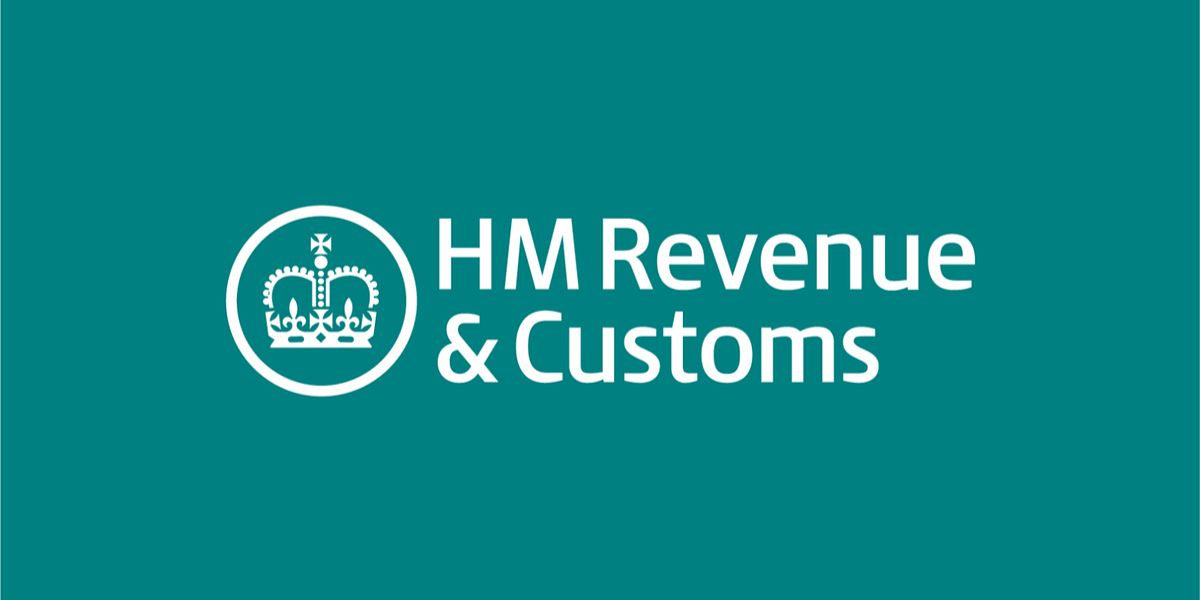The UK budget announcements for 2016/17 were delivered on 16 March 2016. The Chancellor announced a business tax road map that is intended to support investment while continuing to crack down on avoidance and aggressive tax planning.
Corporation tax
The rate of corporation tax is to be reduced to 17% by 2020.
The amount of tax relief for interest expense will be limited to 30% of taxable earnings in the UK or based on the net interest to earnings ratio for the worldwide group. This rule is subject to a threshold limit of GBP 2 million net UK interest expense and provisions for public benefit infrastructure.
Base erosion using royalties will be combated by extending withholding tax to cover all intangible assets such as trademarks and brand names and to include rules to combat treaty abuse.
From 1 January 2017 the hybrid mismatch rules will be extended to cover hybrid mismatches arising from permanent establishments.
For periods beginning on or after 1 April 2019 corporation tax payment dates for companies with profits in excess of £20 million are to be brought forward. These companies will be required to make payments in the third, sixth, ninth and twelfth months of their accounting period
Loss relief
For losses incurred on or after 1 April 2017 businesses will be able to use carried forward losses against profits from other income streams or use losses from other companies within a group. In the case of profits in excess of GBP 5 million the amount of profit that can be offset through losses carried forward will be restricted to 50%.
The government will also reduce the amount of profit that banks can offset with pre-2015 losses from 50% to 25% from 1 April 2016.
Small business
The rate of tax payable in relation to loans to participators by a close company will be increased from 25% to 32.5% from April 2016 for loans, advances and arrangements made on or after 6 April 2016.
Local business rates
The local business rates are the local property tax on business. From 1 April 2017 the rate of Small Business Rate Relief (SBRR) is to increase from 50% to 100% and thresholds are to increase. Businesses with property that has a rateable value of £12,000 and below will receive 100% relief. Businesses with property that has a rateable value between £12,000 and £15,000 will receive tapered relief. The threshold for the standard business rates multiplier will be increased to a rateable value of £51,000.
The administration of local business rates is modernized by more frequent business rate revaluations (at least every three years) and a consultation paper on this will be published this month. From April 2020, the annual indexation of local business rates will be based on the consumer price index (CPI) rather than the retail price index (RPI).
Energy tax
The government is to abolish the Carbon Reduction Commitment (CRC) energy efficiency scheme following the 2018-19 compliance year. The Climate Change Levy will be increased from 2019 so the measures are revenue neutral.
National insurance contributions
From April 2018 Class 2 national insurance contributions are to be abolished. Class 4 NICs are to be reformed so self-employed individuals can continue to build up entitlement to the State Pension and other contributory benefits.
Employment
From April 2018, employer national insurance contributions (NICs) will be due on the part of termination payments above GBP 30,000 that are already subject to income tax. The first GBP 30,000 of a termination payment will continue to be exempt from income tax and the full payment will be outside the scope of employee national insurance contributions.
The UK government is to consider limiting the number of benefits attracting income tax and NIC advantages when they are provided as part of salary sacrifice schemes. Tax relief for certain benefits such as childcare and health-related benefits would continue to receive income tax and NIC relief when provided as part of salary sacrifice arrangements.
Stamp Duty Land Tax
With effect from 17 March 2016 Stamp Duty Land Tax (SDLT) is to move to a slice system where SDLT is payable on the portion of the transaction value which falls within each tax band. The new rates will be 0% for the portion of the transaction value between £0 and £150,000; 2% between £150,001 and £250,000; and 5% above £250,000.
Personal income tax
The annual tax free allowance is to rise to GBP 11,000 in 2016/17 and GBP 11,500 with effect from April 2017. The higher rate threshold for income tax is to increase to GBP 45,000 for 2017/18.
The annual limit for contributions to individual savings accounts (ISAs) is to increase from GBP 15,000 to GBP 20,000. A new lifetime individual savings account (ISA) will be available for persons aged below 40 with a government contribution of GBP 1 for every GBP 4 saved.
Capital gains tax
The rate of capital gains tax is to decrease from 28% to 20% for higher rate taxpayers; and to decrease from 18% to 10% for basic rate taxpayers.
Entrepreneurs’ relief will be extended to long term investors in unlisted companies, providing a 10% rate of CGT for gains on newly issued shares in unlisted companies purchased on or after 17 March 2016, provided they are held for at least three years from 6 April 2016, subject to a separate lifetime limit of £10 million of gains.
Other measures
The following measures were also announced:
- Petroleum Revenue Tax will effectively be abolished by reducing the rate to 0% and the rate of Supplementary Charge is reduced from 20% to 10%;
- The government will increase the VAT registration threshold in line with inflation to £83,000 from 1 April 2016;
- A new tax on sugary drinks is to be introduced;
- Insurance premium tax will rise by 0.5% to fund flood defenses; and
- Duty on fuel, beer, cider, whisky and other spirits is frozen but tobacco duty increases.


















